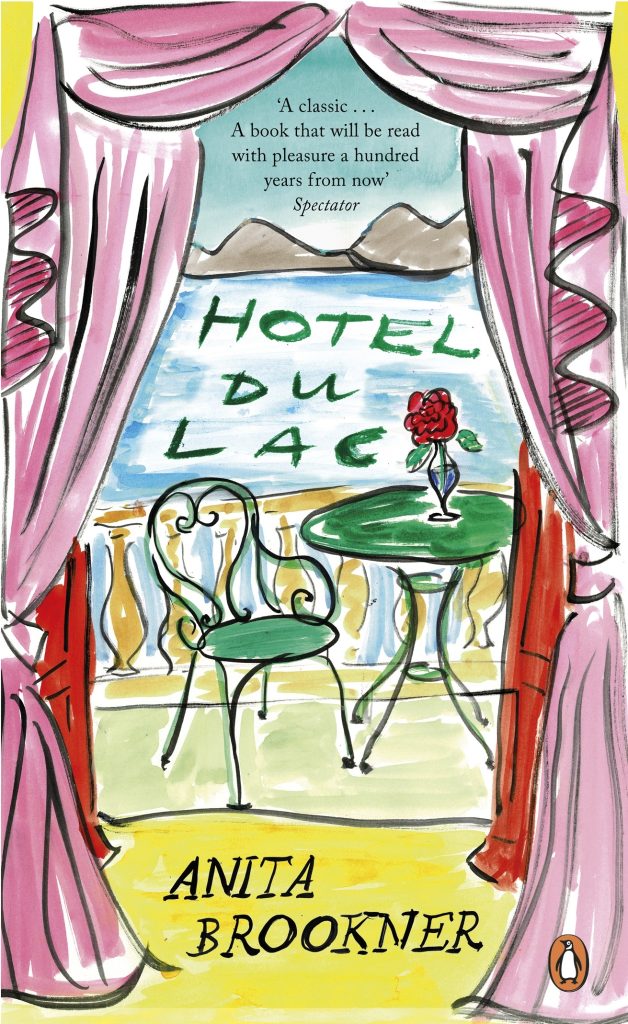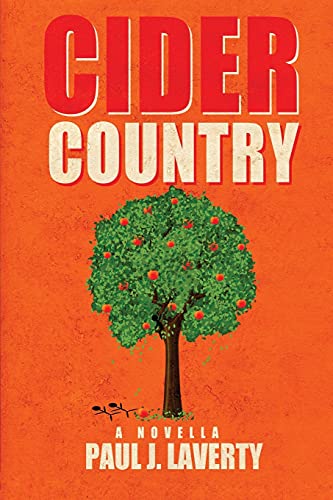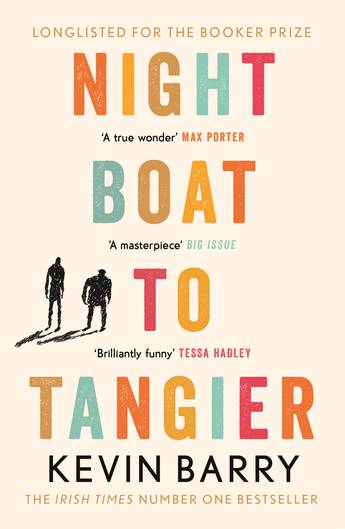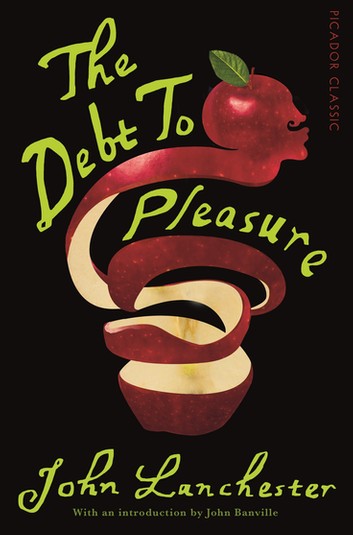“Hotel du Lac” by Anita Brookner – a short book review
When I started reading this gentle, slow-moving novel, I couldn’t understand how it could have won the 1984 Booker Prize. It is so … slow. And yet I’m stubborn, which can make me annoying, but it also means when I buy a book I’ll force myself to keep reading, even when I want to ditch […]
“Hotel du Lac” by Anita Brookner – a short book review Read More »





